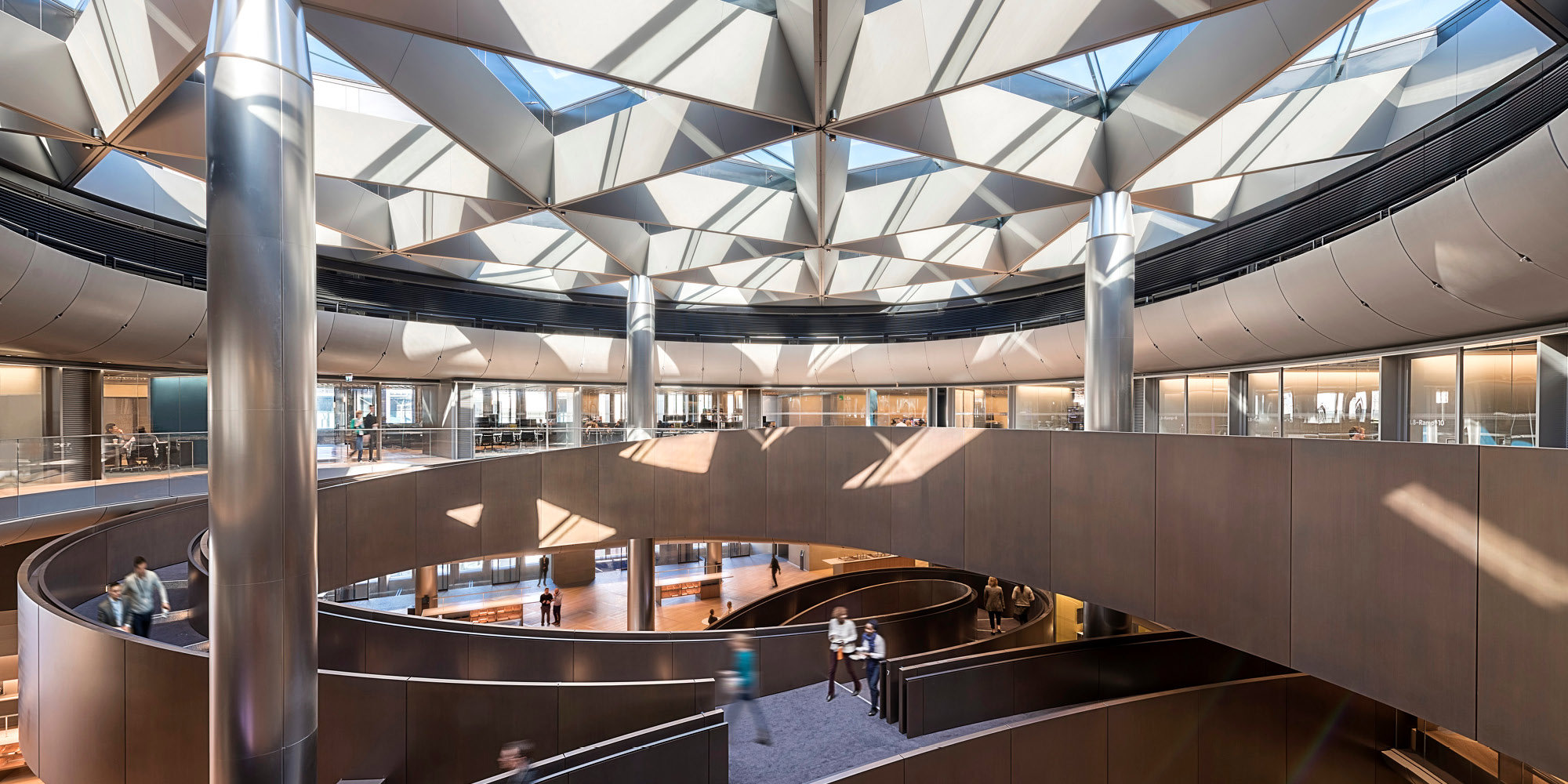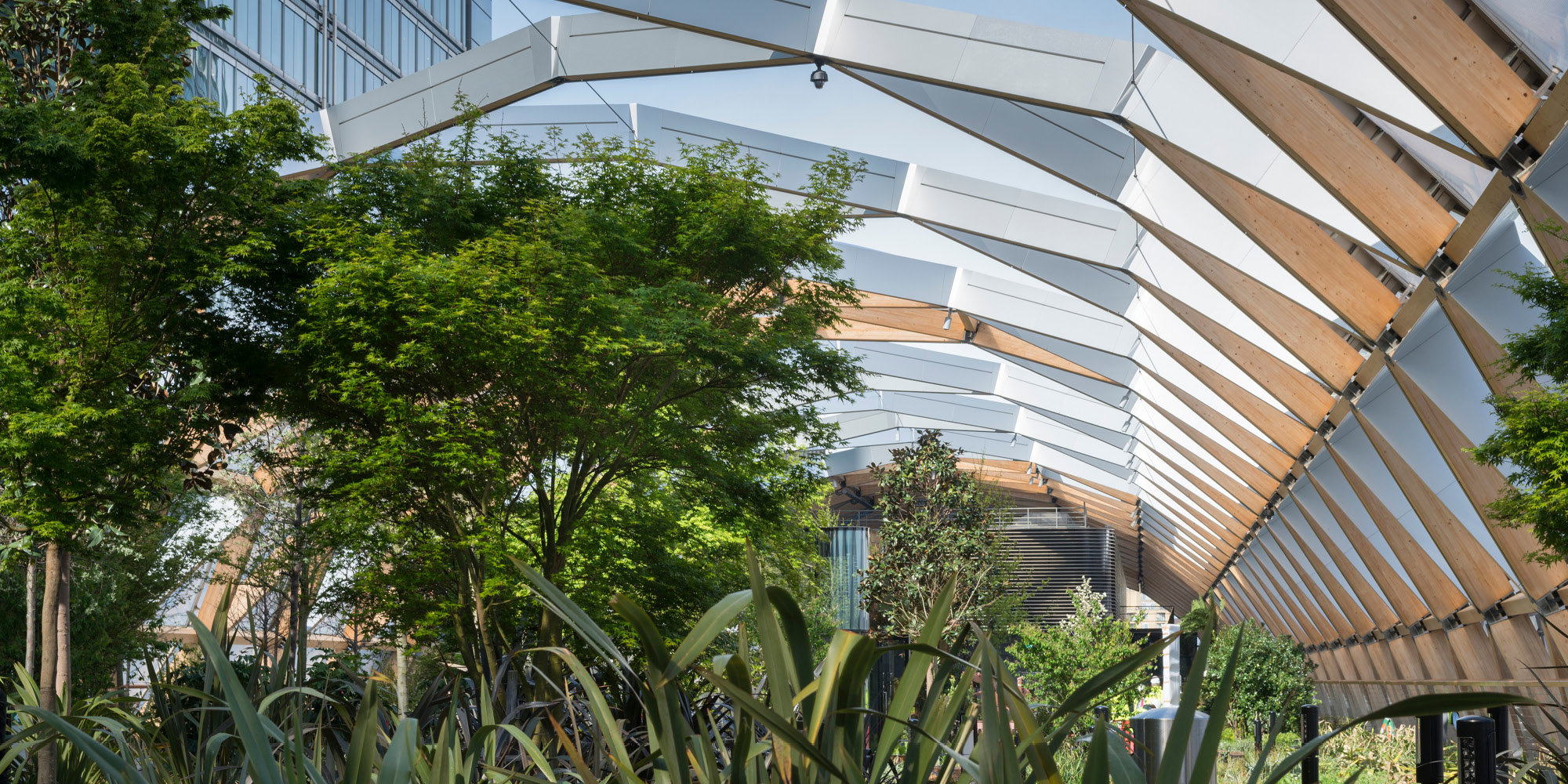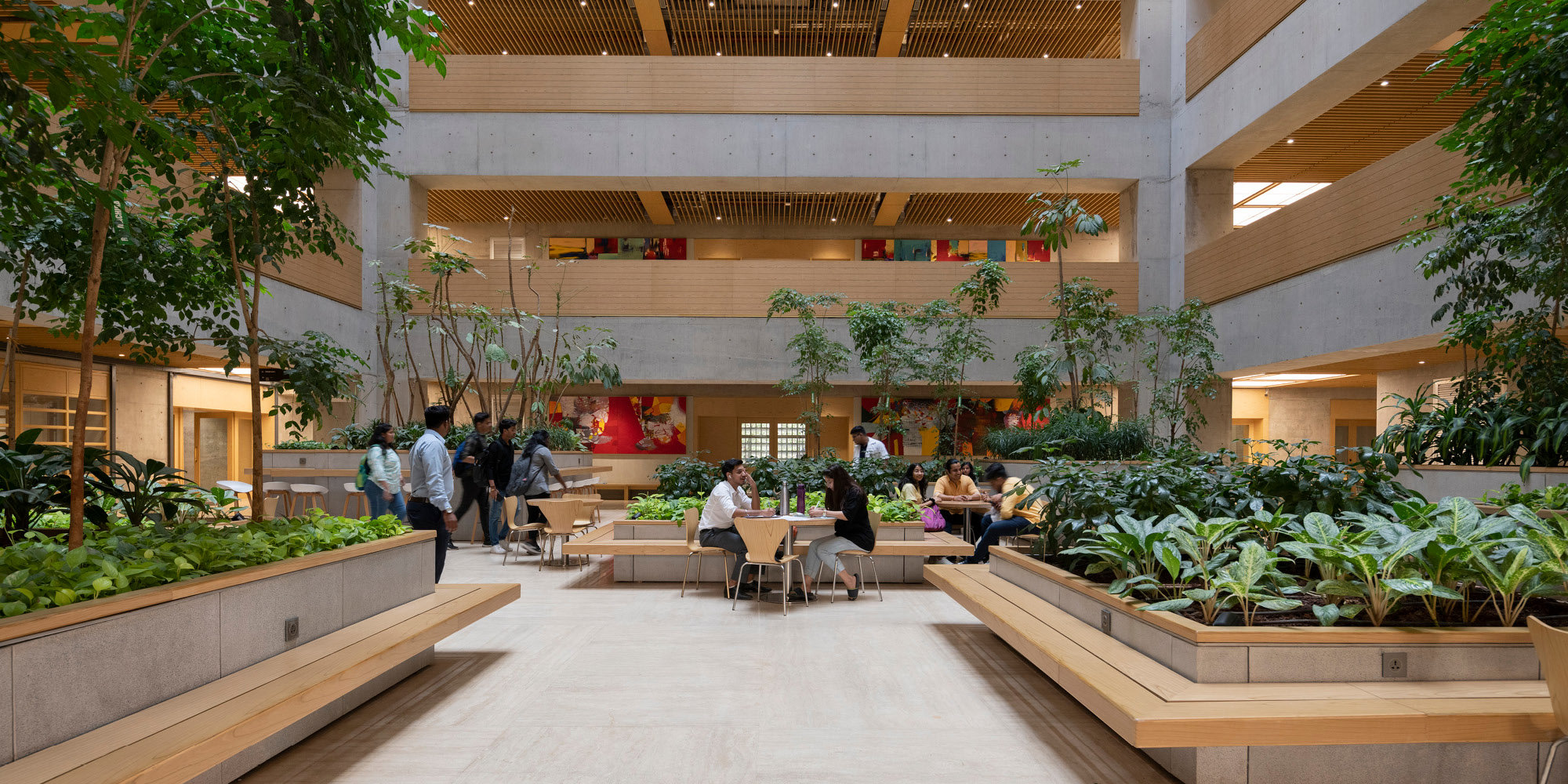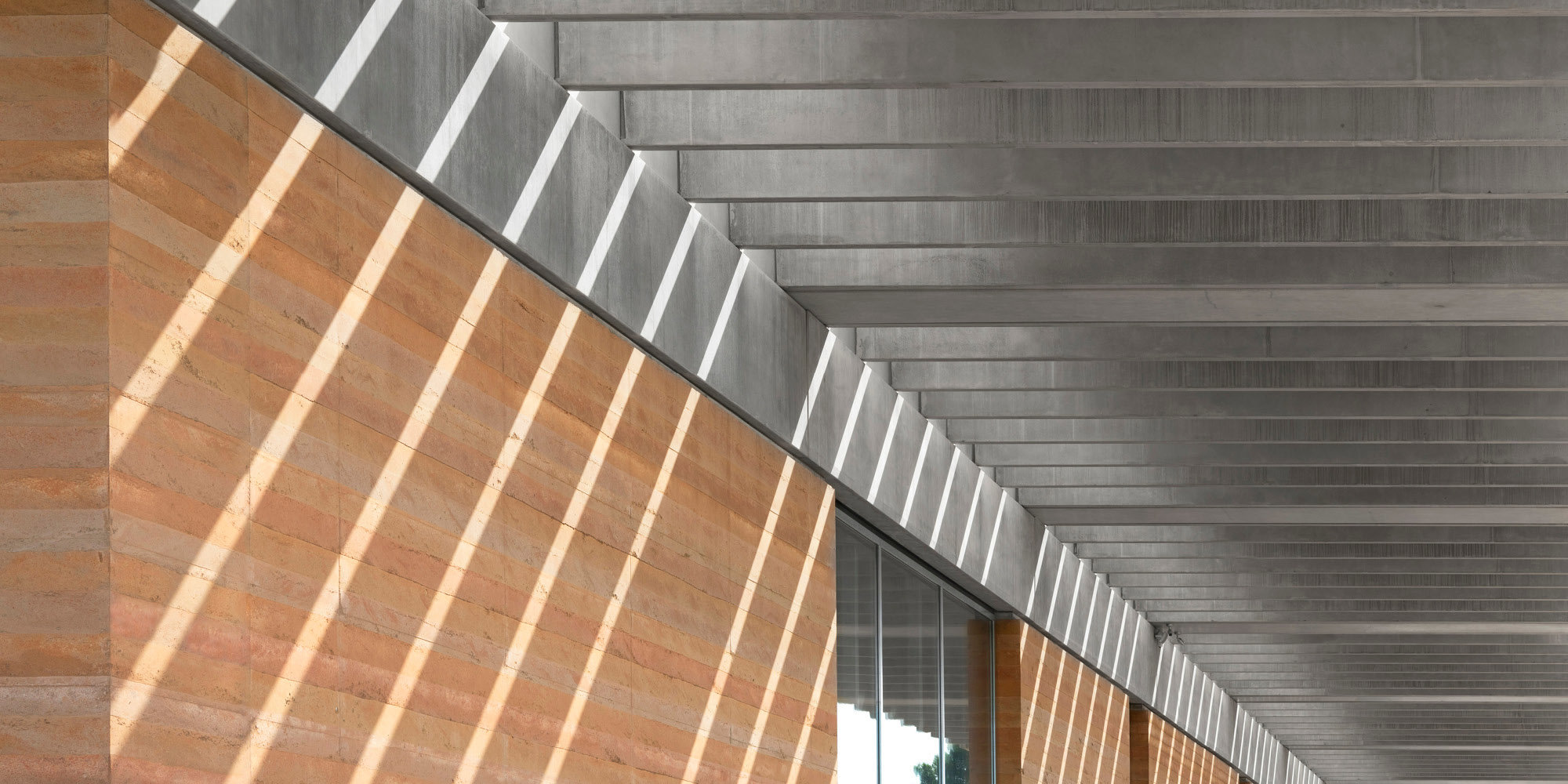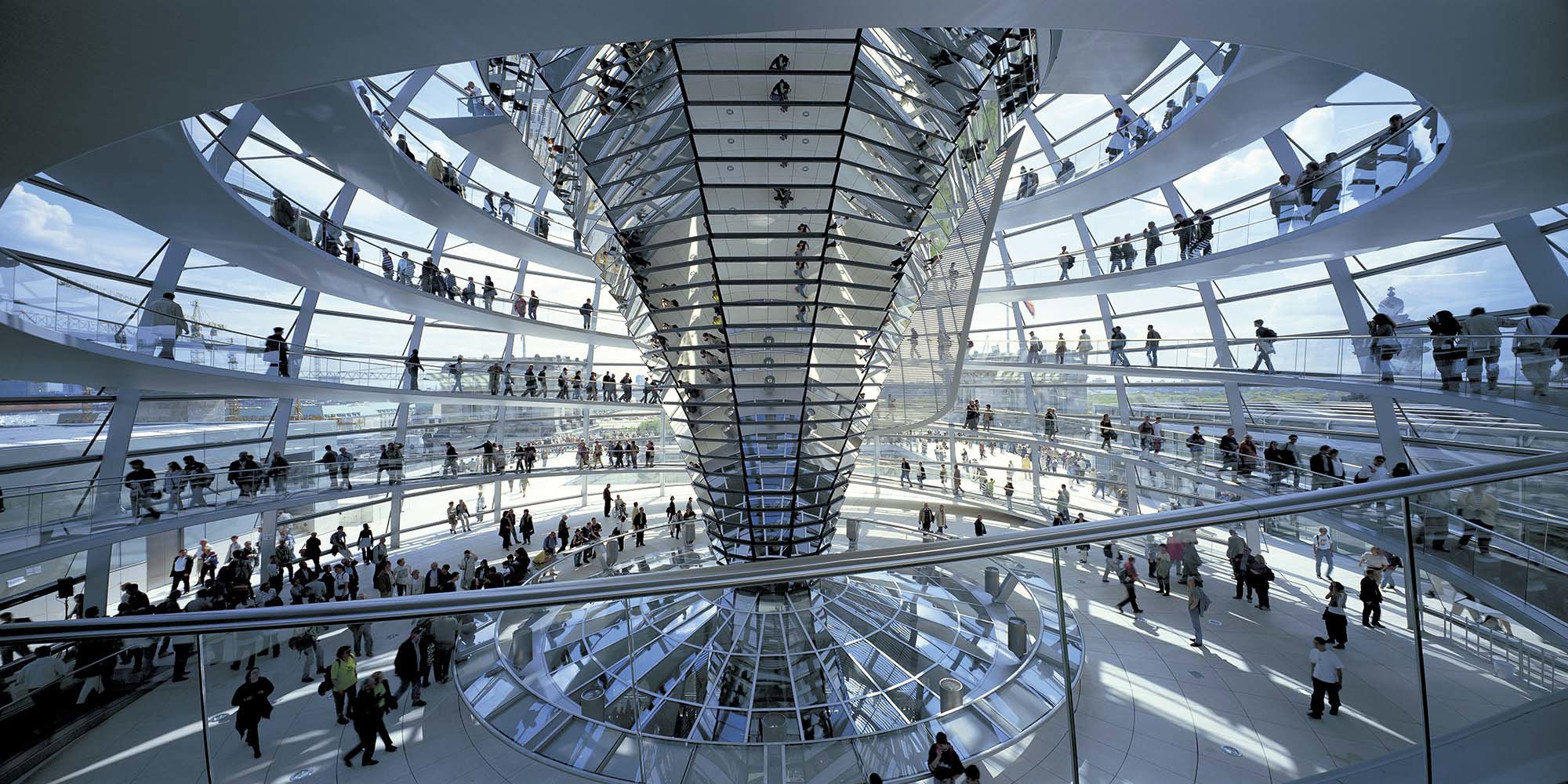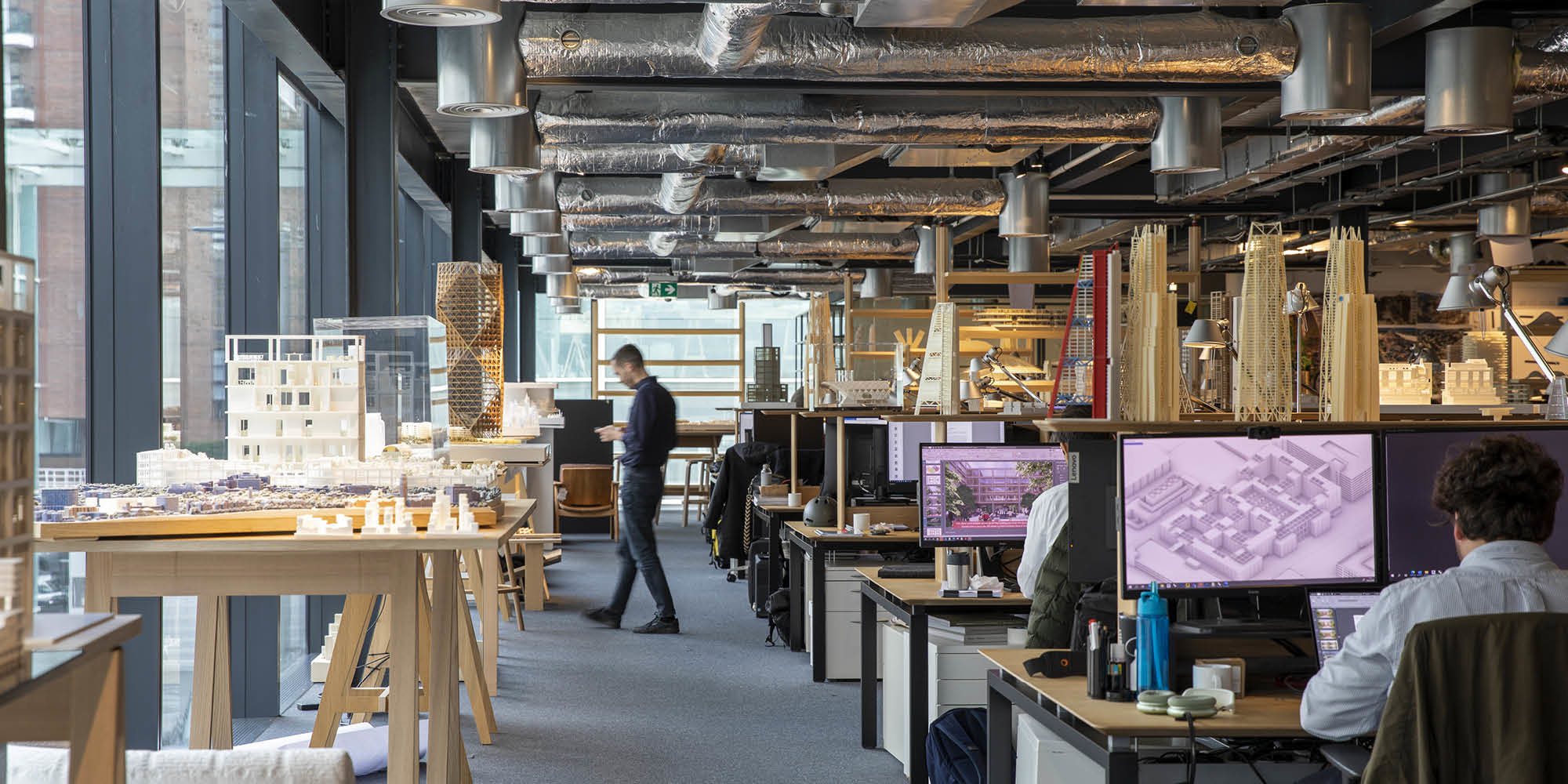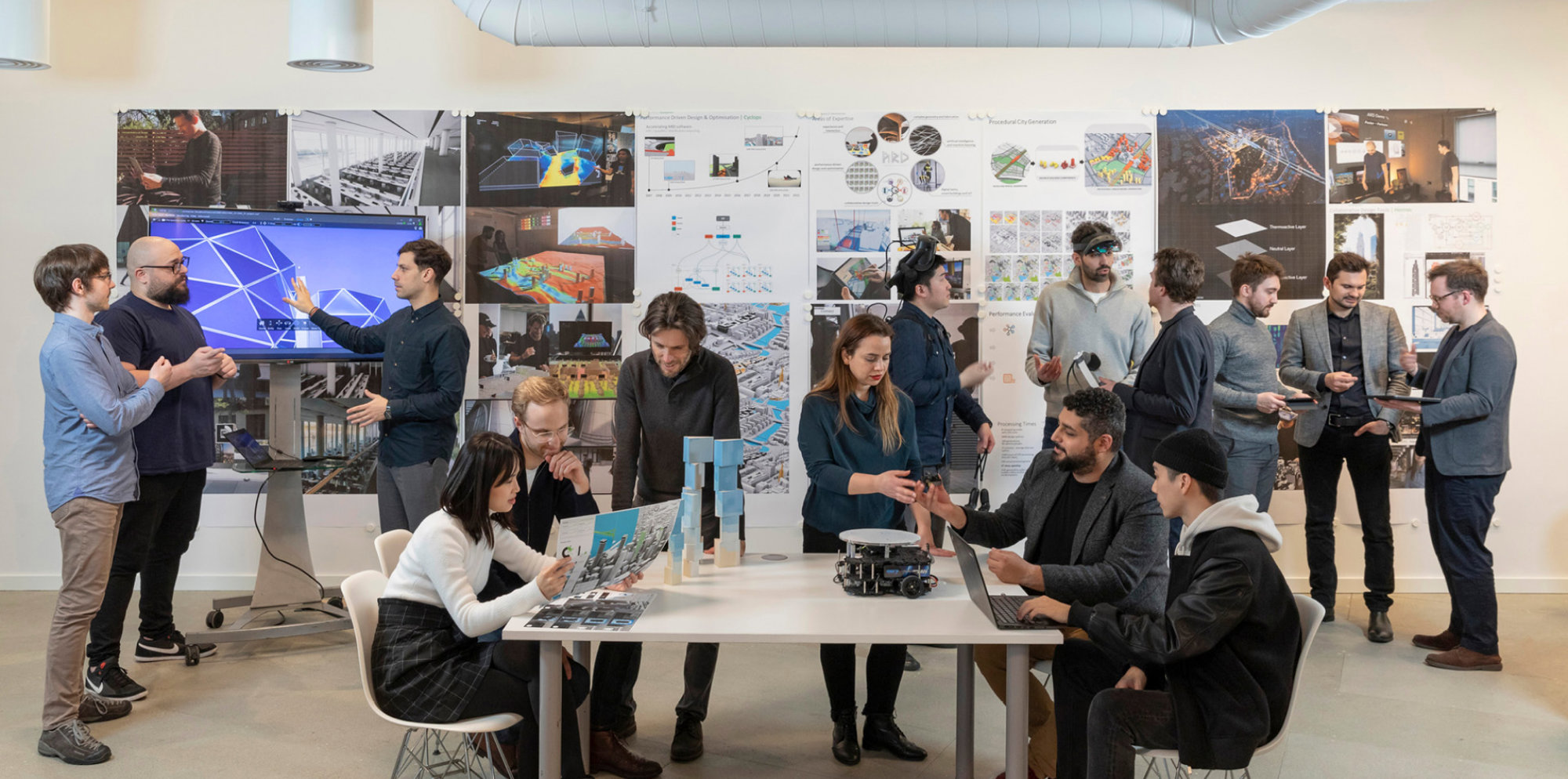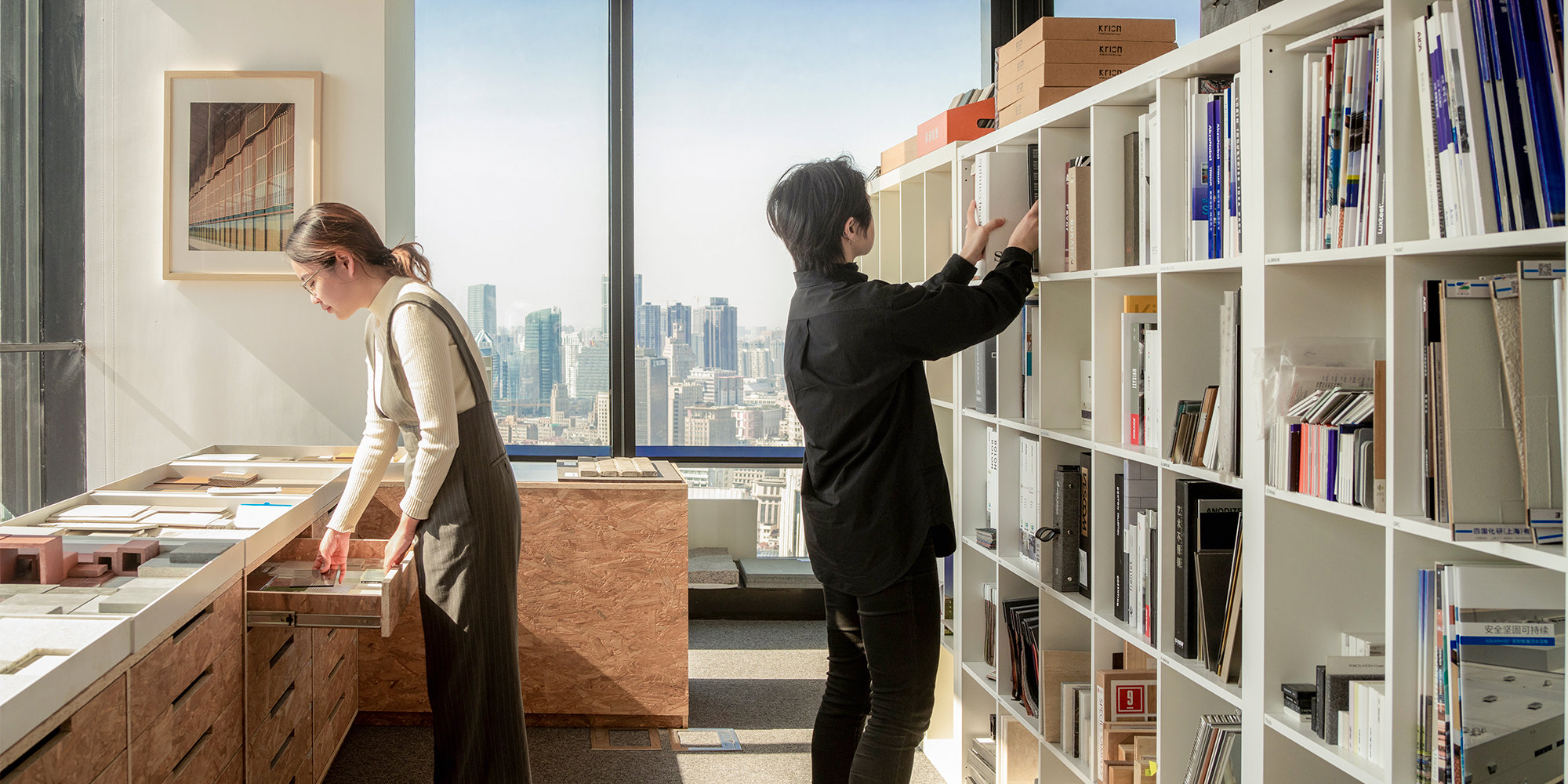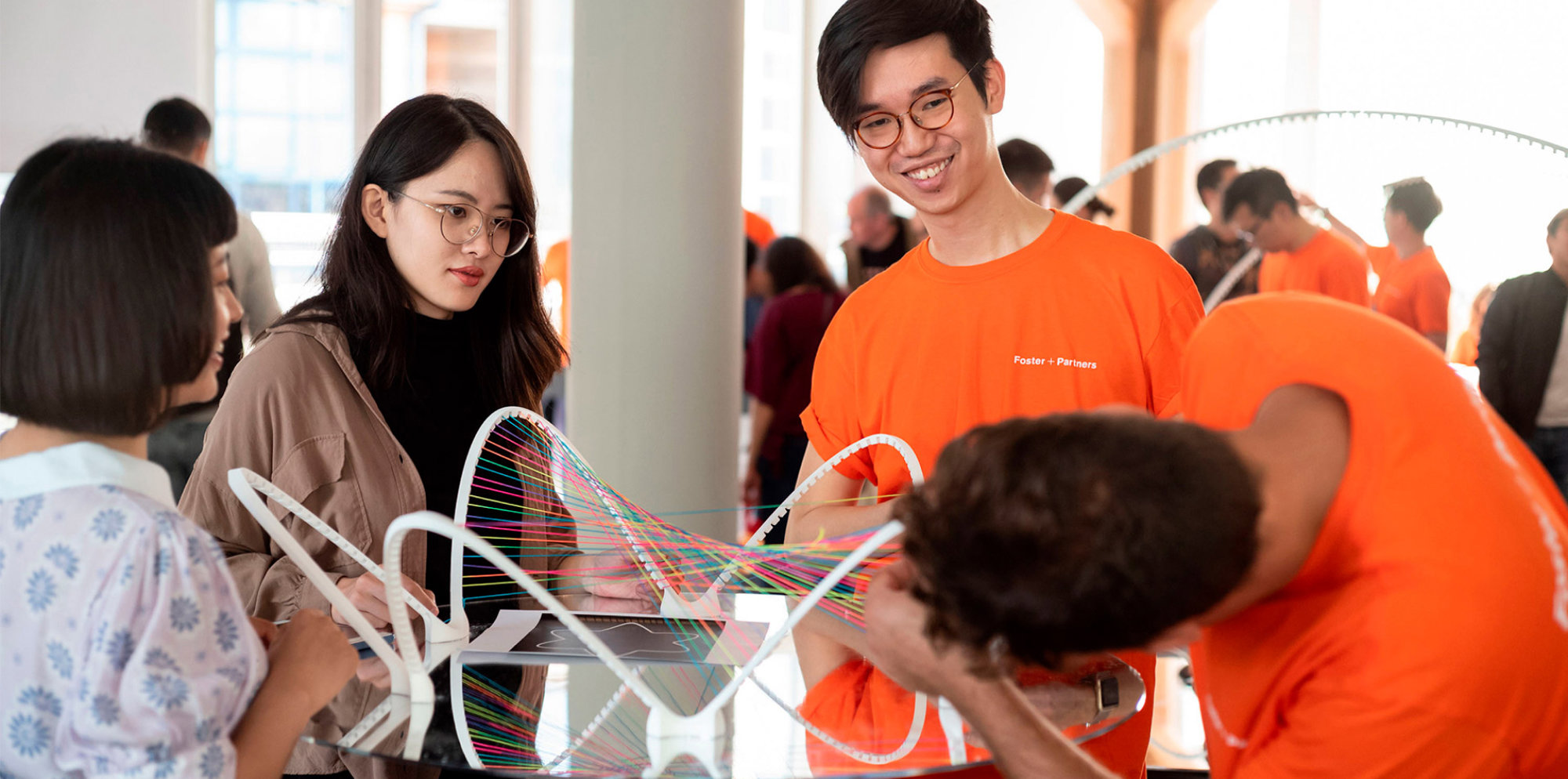Foster and Partners won an international competition in 1992 to design Europe's largest museum of prehistory. The Gorges du Verdon, in Hautes Provence, is an exceptional archaeological site, rich in traces of the life of Stone Age man, to which this new museum is devoted. It is anticipated that the museum will receive approximately 120,000 visitors per year.
The museum includes areas for the display of the permanent collection, a temporary exhibition gallery, study areas for academic staff, a reference library, administrative offices, laboratories for research on artefacts and a teaching area for visiting school groups. There is a 100-seat auditorium, which can be used independently in the evenings for village events and can be linked to other auditoria via the Internet to facilitate net conferencing.
The building meets the high museological standards necessary to safeguard this important collection within an extremely modest budget for a building of this size (43,250,000 FF including all custom-designed furniture and museum fitout and equipment). This is reflected in the building's robust aesthetic and simple palette of materials - local stone, sandblasted concrete, galvanised steel, glass and painted plasterboard. Quinson is characterised by traditionally constructed buildings and drystone walls; the museum responds to this context by using local materials in their simplest and most expressive form.
Its concrete structure is cast in situ. The aesthetic quality of the exposed concrete and the desire to avoid all bolt holes in the visible faces demanded an in depth study of construction methods and extremely high standards of craftsmanship. A painstaking process was undertaken to match the colour of the concrete to the local stone. The main (eastern) elevation is sandblasted exposed concrete. Each in-situ panel is 7 x 3 metres. The curve of the facade, allied to the large scale of the panels and the absence of bolt-holes makes it difficult to appreciate the vast scale of the building, enabling its integration into the historical fabric of the village.
The museum is directly opposite the Mairie - town hall - fronted by a small formal square. The site has been cut deeply into the hillside and is dominated by a new curved drystone retaining wall that is over 120 metres long and rises from 7 to 9 metres in height along its length. This blends seamlessly with an existing drystone wall. The new wall forms the link between the surrounding historical buildings and the new structure - the curve gently drawing visitors into a large entrance atrium. This is accessed via a 9-metre-tall galvanised steel entrance screen with double doors flanked by glass panels. The triple-height entrance atrium contains the temporary exhibition space, a shop and cafe. This space is designed to be instantly refreshing on a hot day - a comfortably cool space reminiscent of a wine cellar or one of the caves that the museum celebrates.
From the entrance level, a curved ramp leads up through the atrium to the first floor to begin the circular route around the museum display. Here, ambient light levels are kept to a minimum and light is focused on the objects rather than the space. The exhibition has a fixed visitor route following a chronological path, which wraps around the reserve collection and study area that forms the heart of the building. This unique collection - the museum's raison d'tre - is used for academic study and forms the basis for the changing displays. The centrepiece of the displays is a reconstruction of one of the caves in the Gorges du Verdon, which is today inaccessible to the public. This is supplemented by dioramas showing hunting, fishing and other scenes from Stone Age life.
The building is highly energy efficient - the thermal mass of the hillside and the exposed concrete structure provide a thermal buffer, as does the plant room that runs the length of the exterior wall on the first floor. The whole of the building is provided with conditioned air, primarily to even out the extremes of temperature that occur in this area and to help control the high heat output of the expected visitor numbers.
The forecourt or 'parvis' has been landscaped to include the village square and the main road into the village. A continuity of materials - tarmac and concrete - unifies these three disparate elements to create a larger space, which will be able to host events relating to the museum and the village.
Credits
Client: Matrise d'Ouvrage Conseil Gnral des Alpes-de-Haute-Provence
Project Manager: Dlgu Sous-Direction de l'Architecture et des Btiments(SDAB)
Architects: Foster and Partners and Bruno Chiambretto (museographer)
Local Architect: Olivier Sabran
Structural Engineers: SEV Ingnierie
Technical Controller: Bureau Vritas
Quantity Surveyors: Davis Langdon Economistes
Acoustic Engineering: Sandy Brown Associates
Lighting Design: Claude Engle
Landscape Design: Desvigne and Dalnoky
